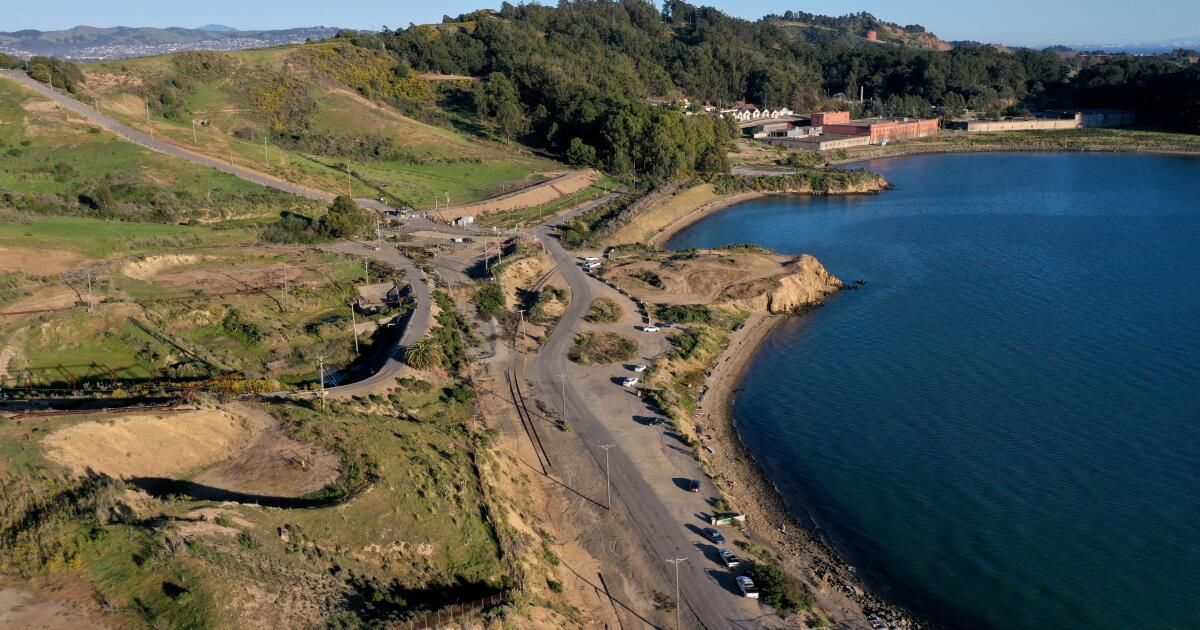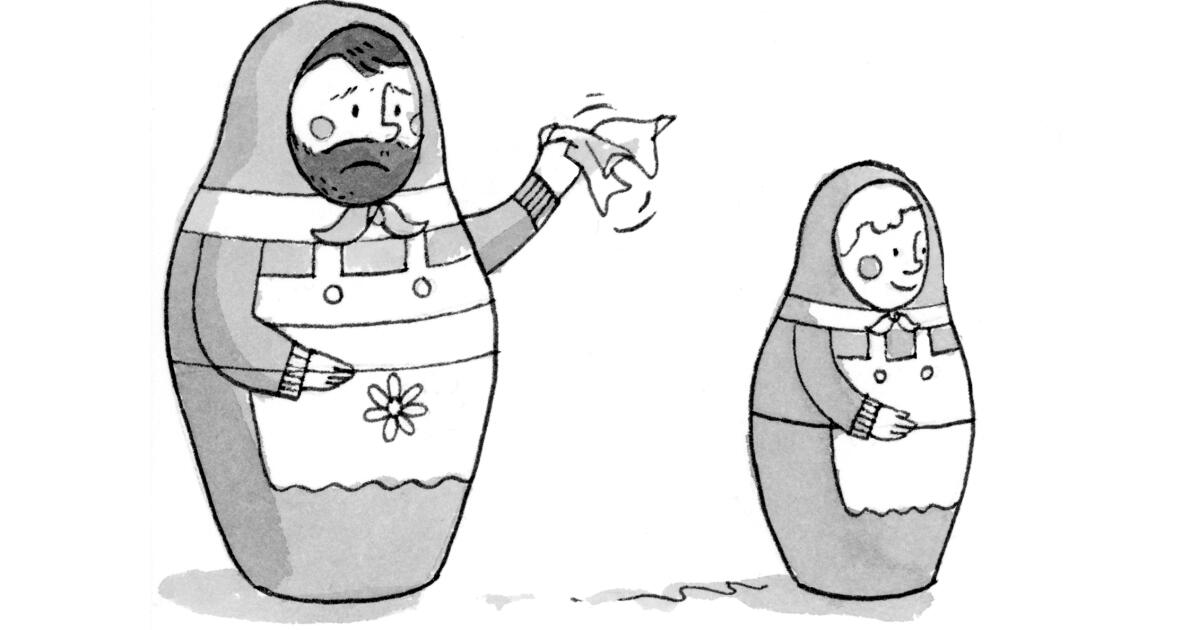Just a short drive from Oakland and Berkeley, the city of Richmond is a low-income, minority community of 115,500 people, primarily Latino, black, and Asian-American, with a major Chevron refinery whose pollution has been a constant source of conflict (the city just reached a $550 million settlement with Chevron to mitigate the refinery’s health and lifestyle effects). It is also home to an active port and, soon, a world-class park.
Point Molate exemplifies the fight for environmental justice in minority communities with little parking and excessive pollution. Political support in Sacramento and Washington helps, but the battle to secure the future of 413 acres of municipally owned headlands depended on bottom-up organizing and determined citizen participation that spanned protests, local candidacies, ballot initiatives, neighborhood meetings, bilingual mailings, public testimony, art and photography exhibits, billboards, site visits, and, of course, lawsuits. Democracy, in other words.
The Point Molate site, a former World War II Navy fuel depot that has largely been reclaimed by nature since its closure in 1995, sits just north of the Richmond Bridge. It deserves its tagline: “The most beautiful part of the Bay Area that no one’s ever heard of.” Yet it was nearly lost in various development plans until this summer, when the Richmond City Council voted to approve a $40 million deal to establish it as a fully protected park. The state will provide $36 million (partly through Gov. Gavin Newsom’s 30×30 initiative, which, like national and global efforts, aims to protect 30% of the state’s lands and waters by 2030), with the rest coming from the East Bay Regional Park District.
Richmond gained possession of Point Molate from the Navy in 2003 for $1, and the city quickly began negotiating development rights to the site. A strip of beach opened to the public in 2014, and at the height of the COVID-19 pandemic, it was a magnet for local families. For more than two decades, Richmonders fought to have the remaining 97% of the fenced-off site turned into a public park.
Point Molate, originally Ohlone land, is home to sea hares, bat rays, leopard sharks, and river otters in its seagrass meadows, one of the last healthy nurseries for herring and Dungeness crabs in the San Francisco Bay estuary. Its native grasses and forested hillsides support ospreys and more than 200 species of birds, along with mule deer, wild turkeys, coyotes, and the rare pipevine swallowtail butterfly. Before the Navy arrived, Point Molate was famous for Winehaven, a red brick winery, worker housing, and shipping port built to keep California wine flowing after the 1906 earthquake destroyed much of San Francisco. The Winehaven buildings are now on the National Register of Historic Places.
The developers, working with a group of Pomo Indians from Mendocino County, originally proposed a mega-casino for the site, with 4,000 slot machines and Las Vegas-style amenities including a convention center, a high-rise parking garage and a shuttle. Despite the promise of thousands of jobs and significant annual revenue, Richmond residents feared the project would breed crime, encourage problem gambling and create constant traffic jams. In 2010, city voters rejected the casino proposal by 58 percent to 42 percent.
Following the casino’s defeat, another development plan emerged: a luxury housing complex, with up to 1,450 townhouses and condos priced from about $1.2 million, for buyers with incomes of about $250,000. The median income of Richmond residents is just under $80,000. The city would have to build and staff a fire and police substation and issue a $300 million bond to fund the complex’s water, power and sewer infrastructure.
Once again, the community mobilized. Housing advocates opposed the city making a significant and continued investment in Point Molate; they wanted affordable, mixed-use units built downtown, where infrastructure already exists and housing is desperately needed. Richmonders, environmental groups, and others, including commercial fishermen, banded together in the Point Molate Alliance (full disclosure: I’m a member), which took the lead on the initiative.
The coalition held community meetings, testified at City Council meetings, and, with pro bono legal help, filed a lawsuit under the California Environmental Quality Act arguing that the developer’s environmental impact report failed to consider the consequences of building on a sensitive site, had no provisions to protect Ohlone sacred sites, and had no evacuation plan for an area the state classified as a “High Severity Fire Hazard Zone.”
In June 2024, the California Court of Appeals unanimously sided with community activists’ CEQA lawsuit and ruled that the luxury housing EIR was fatally flawed and should be rescinded, effectively canceling the city’s obligation to the developers.
With the exception of the Guidiville Rancheria Pomo claim, which had been part of the original casino plan, the tribe and its developer partner in July accepted the $40 million settlement offer from the city, state and park district.
T-shirts reading “Point Molate Park Now!” have gone from protest item to collector’s item. The final necessary approval, from the California State Coastal Conservancy, is expected to come in November, when the East Bay Regional Park District can begin removing miles of fencing and opening the park to the public. Community members plan to work with the district to install soccer fields, hiking trails and a venue for the annual Richmond Powwow in the near future.
When the people lead, leaders follow. Tenacious, vigilant community activism won a tangible victory at Point Molate that can be replicated in other low-parking communities. Remember: river otters and herring can't sign petitions. Butterflies can't vote, and mule deer can't testify at City Council meetings. It's up to us humans.
David Helvarg is a Richmond resident, executive director of Blue Frontier, an ocean policy group, and co-host of “Rising Tide: The Ocean Podcast.”












